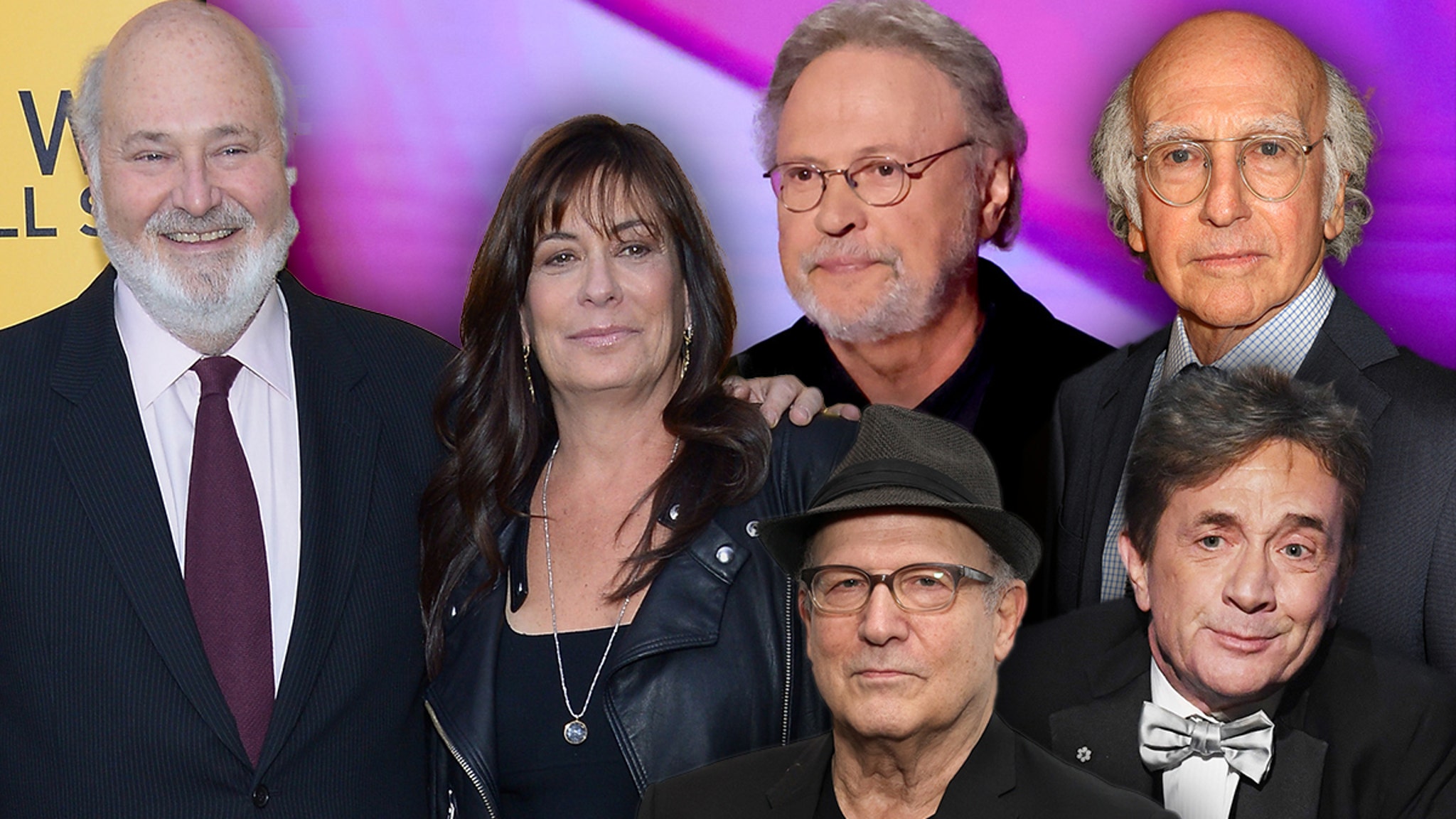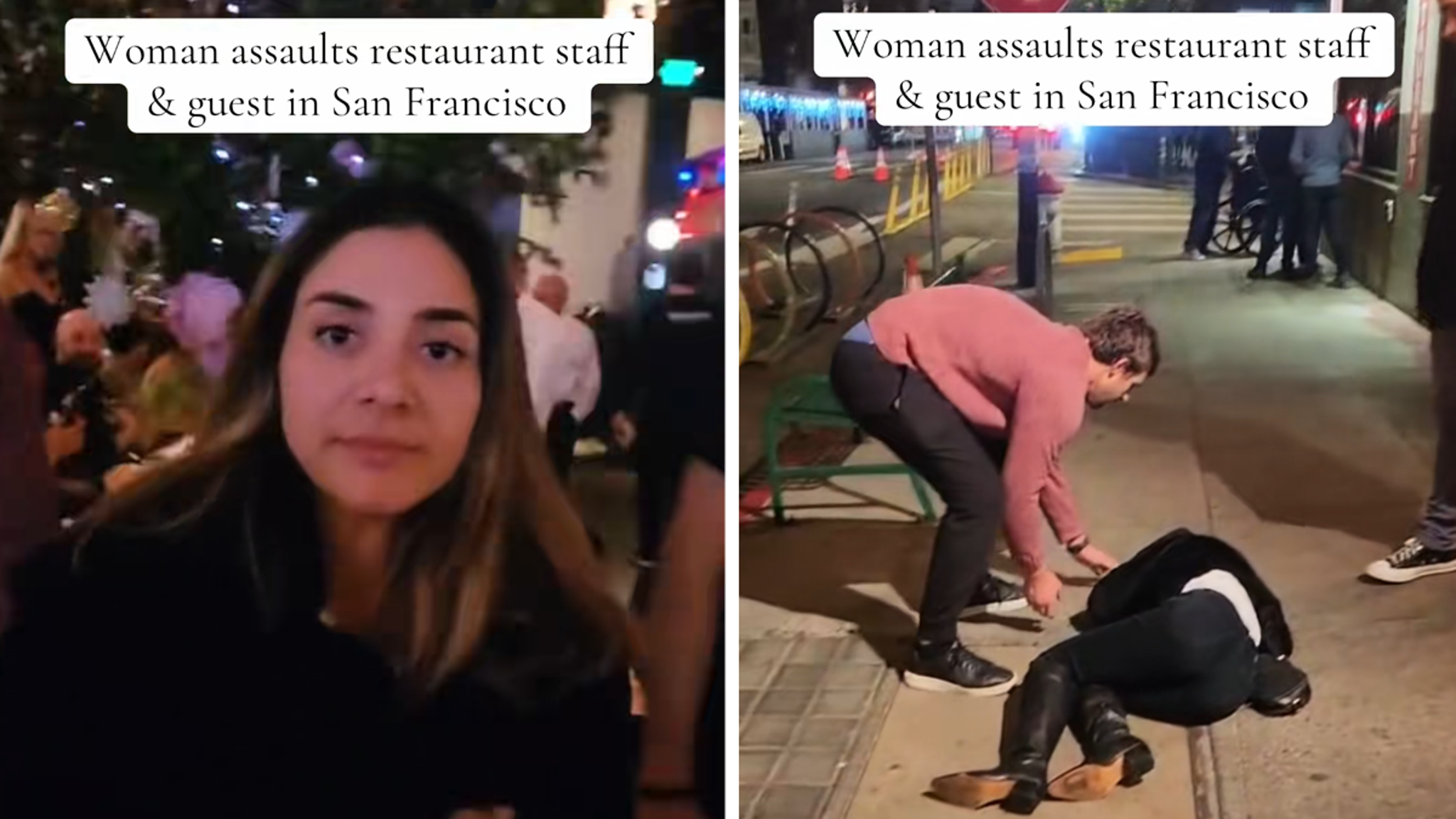Wall murals have long been a way for artists to transform blank, sterile walls into vibrant displays of creativity. Across the world, street art has become a powerful form of public expression, allowing artists to bring their work out of galleries and onto city streets. This form of artistic expression is as diverse as the cultures it stems from, with each mural or piece of street art telling a unique story, challenging perceptions, and often sparking conversation.
The Rise of Wall Murals
Wall murals are large-scale paintings or artworks that are typically found on the sides of buildings or in public spaces. Historically, wall murals have been used as a form of storytelling, providing a visual medium for communities to convey messages, culture, and history. In ancient civilizations like Egypt, Rome, and Greece, murals were painted on the walls of temples, tombs, and public spaces, often depicting gods, rulers, and significant events.
Over time, the tradition of painting wall murals spread across different parts of the world, evolving into various styles and techniques. In modern times, artists have taken the concept of murals to new heights, using a range of materials and methods to create intricate, massive works of art that can be seen across urban landscapes.
Today, wall murals are not just decorative-they are powerful forms of urban expression. Artists use them to address social issues, tell local histories, and often create a sense of identity for a place. For instance, in cities like Berlin, Mexico City, and New York, you can find entire neighborhoods that are known for their wall murals, drawing visitors from around the globe. These murals have turned urban spaces into open-air galleries, showcasing works from established artists as well as emerging talents.
The Power of Street Art
While wall murals are often large, planned, and commissioned, street art is a more spontaneous and rebellious form of artistic expression. Rooted in graffiti, street art is typically created in public spaces, sometimes with permission, but more often without. This art form has deep roots in countercultures, providing an outlet for marginalized voices and offering a unique way to challenge the status quo.
Unlike traditional art that is confined to galleries or museums, street art is meant to be seen by anyone, anywhere. It's this accessibility that makes street art such a significant and impactful part of contemporary culture. From stencil art to wheatpasting, from intricate murals to simple tags, the diversity of street art is what makes it so fascinating.
What sets street art apart from wall murals is its often transient nature. Many street artists don't expect their work to last forever. Some pieces are painted over, covered up, or simply weathered by time. However, it's precisely this impermanence that makes street art so appealing to many. It creates a sense of urgency, where artists must make an impact before their work disappears. The fleeting nature of street art adds an element of excitement, knowing that you might never see the same piece again once it's gone.
Moreover, street art frequently challenges conventional ideas of art. It's not bound by galleries, elitist spaces, or high prices. Street art democratizes art, allowing anyone on the street to be a part of the conversation. This form of art has made its way from the walls of underpasses and alleyways to prominent art institutions, with major museums now showcasing works by famous street artists like Banksy, Shepard Fairey, and Jean-Michel Basquiat.
The Intersection of Wall Murals and Street Art
Although wall murals and street art have distinct origins, there's a growing intersection between the two. Many street artists are now being invited to create wall murals in public spaces, working within the boundaries of the city's aesthetic guidelines while maintaining their own unique style. These collaborations have led to an exciting fusion of both worlds, where the artistry of street art meets the scale and permanence of wall murals.
In some instances, wall murals are created with permission from property owners or city officials. These authorized murals often serve to beautify neighborhoods, improve public spaces, or promote cultural heritage. In contrast, street art remains spontaneous, often challenging norms and making political or social statements. Despite the differences, both forms are part of the ongoing transformation of urban spaces into dynamic, living canvases.
The popularity of both wall murals and street art has reached a point where entire festivals are dedicated to these art forms. Events like the Mural Festival in Montreal or the Street Art Festival in Melbourne draw artists from around the world, turning cities into vibrant celebrations of public art. These festivals showcase the incredible talent and diversity of both wall murals and street art, offering a platform for artists to experiment with new techniques and ideas, while engaging the public in discussions about art, politics, and society.
The Cultural Significance of Wall Murals and Street Art
Beyond aesthetics, wall murals and street art serve as cultural and political statements. These art forms often reflect the issues and concerns of a particular time or place. In many cases, wall murals are used to commemorate significant events, celebrate cultural identity, or protest injustices.
For example, in Belfast, Northern Ireland, wall murals have become a symbol of the region's turbulent political history. These murals, often depicting scenes of political struggle and resistance, have become iconic symbols of the region's conflict. Similarly, in countries like Mexico, wall murals have been used to convey the experiences and struggles of indigenous peoples and marginalized communities. Renowned artists like Diego Rivera and David Siqueiros used wall murals as a tool for political activism and social change, creating works that challenged the status quo and highlighted issues such as class disparity and labor rights.
Street art has also played a key role in modern political movements. Artists like Banksy have used their art to comment on issues like consumerism, war, and the refugee crisis. By placing politically charged art in public spaces, street artists are able to engage with a wide audience, using the streets themselves as a canvas for social commentary.
Moreover, street art has become a voice for marginalized groups, offering a platform for underrepresented communities to share their stories. Whether it's LGBTQ+ pride, racial equality, or environmental activism, street art is often used to promote social justice and raise awareness about important causes.
Conclusion
From the vivid wall murals that grace the sides of buildings to the spontaneous and often rebellious nature of street art, both forms play an integral role in the modern art world. Wall murals are large-scale, often permanent expressions of culture and creativity, while street art offers a more immediate, transitory connection with the public. Both forms challenge our ideas of where art should be found and how it should be experienced, creating a dynamic and ever-evolving art scene in our cities.
As street art and wall murals continue to evolve, they remind us that art is not just confined to galleries or museums-it is alive in the streets, speaking to us in ways that can be both beautiful and thought-provoking. Whether it's a massive mural in a bustling city center or a quick, witty piece of street art on a forgotten alleyway wall, these art forms offer a unique and powerful way for people to connect with the world around them.

















